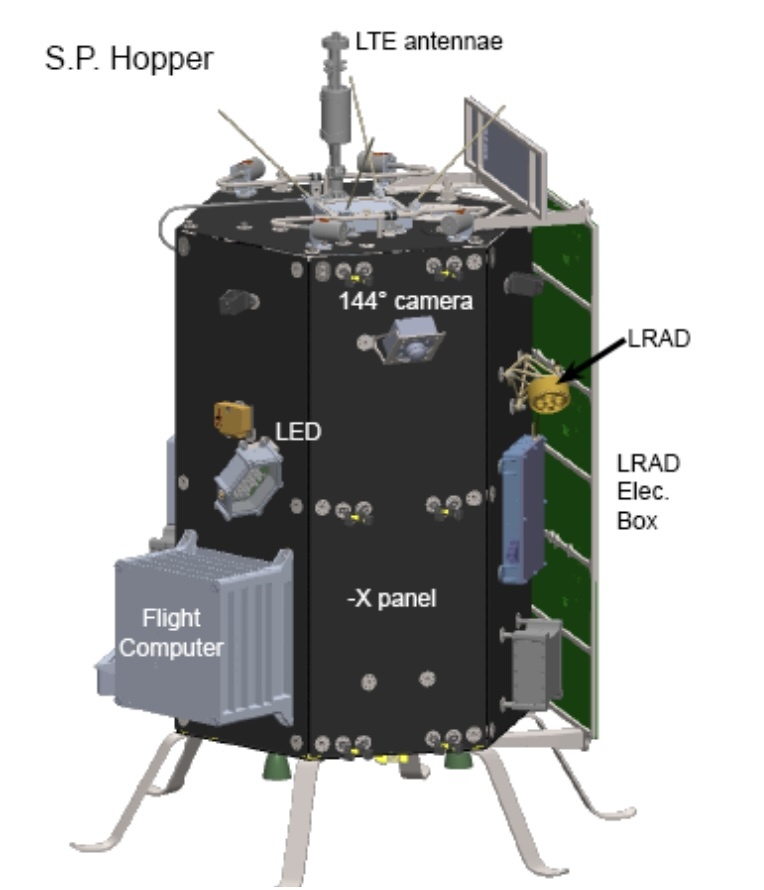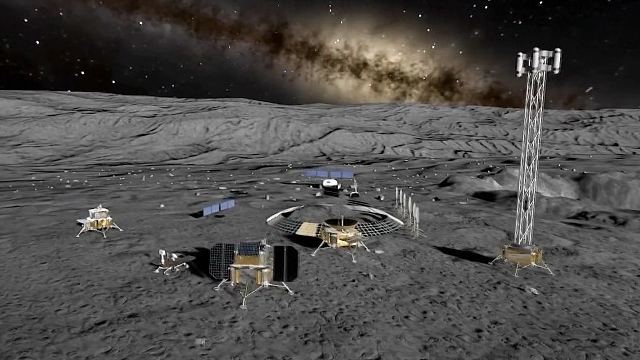Space exploration is a dangerous business, especially when squishy living organisms, such as humans, are involved. NASA has always prided itself on how seriously it takes the safety of its astronauts, so as it gears up for the next big push in crewed space exploration, the Artemis program, it is looking for solutions to potentially catastrophic situations that might arise. One such catastrophe would be if one of the Artemis astronauts was incapacitated and couldn’t return to the lander. The only person who could potentially be able to save them would be their fellow astronaut, but carrying a fully suited human back to their base of operations would be a challenge for an astronaut similarly kitted out in their own bulky suit. So, NASA decided to address it as precisely that – a challenge – and ask for input from the general public, offering up to $20,000 for the best solution to the problem.
Continue reading “NASA Is Seeking Ideas for Rescuing an Astronaut from the Moon”Artemis Missions Could Put the most Powerful imaging Telescope on the Moon

Ground-based interferometry on Earth has proven to be a successful method for conducting science by combining light from several telescopes into acting like a single large telescope. But how can a ultraviolet (UV)/optical interferometer telescope on the Moon deliver enhanced science, and can the Artemis missions help make this a reality? This is what a recently submitted study to the SPIE Astronomical Telescopes + Instrumentation 2024 conference hopes to address as a team of researchers propose the Artemis-enabled Stellar Imager (AeSI) that, as its name implies, could potentially be delivered to the lunar surface via NASA’s upcoming Artemis missions. This proposal was recently accepted as a Phase 1 study through NASA’s Innovative Advanced Concepts (NIAC) program and holds the potential to develop revolutionary extremely high-angular resolution way of conducting science on other planetary bodies while contributing to other missions, as well.
Continue reading “Artemis Missions Could Put the most Powerful imaging Telescope on the Moon”Moon Lander Detects Technosignatures Coming from Earth

The search for life has to be one of the most talked about questions in science. The question is, what do you look for? The Odysseus lunar lander has recently detected signs of a technologically advanced civilisation…on Earth! The lander is equipped with an instrument called ROLSES which has probed the radio emissions from Earth as if it was an exoplanet to se if it could detect signs of life!
Continue reading “Moon Lander Detects Technosignatures Coming from Earth”A Robot Hopper to Explore the Moon’s Dangerous Terrain
Intuitive Machines recently had a major breakthrough, successfully becoming the first non-governmental entity to land on the Moon in February. At least the landing was partially successful – the company’s Odysseus lander ended up on its side, though its instruments and communication links remained at least partially functional. That mission, dubbed IM-1, was the first in a series of ambitious missions the company has planned. And they recently released a paper detailing features of a unique hopping robot that will hitch a ride on its next Moon mission.
Continue reading “A Robot Hopper to Explore the Moon’s Dangerous Terrain”Day Has Returned, but India’s Lander and Rover have Failed to Wake Up
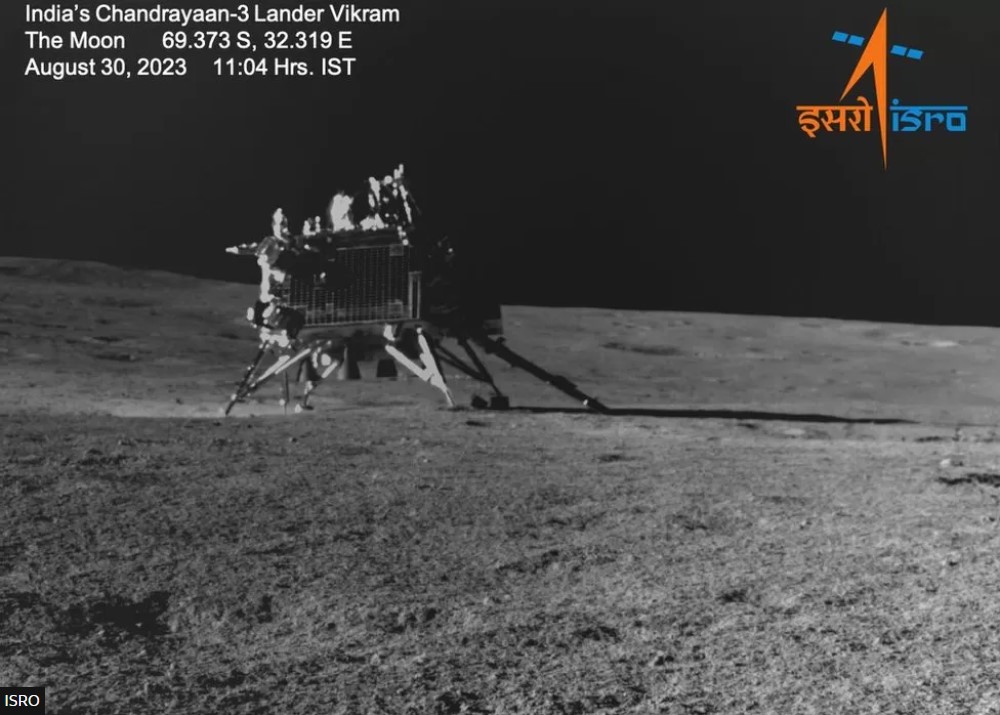
It looks like India’s Chandrayaan-3 succumbed to the cold, and its mission is over. The frigid lunar night lasted about two weeks, and a new day has dawned. With that day came hopes of a sunlit revival for the lander and the rover, but the India Space Research Organization (ISRO) says the chances of the spacecraft awakening in the Sun are diminishing by the hour.
Continue reading “Day Has Returned, but India’s Lander and Rover have Failed to Wake Up”NASA Satellite Spots the Crash Site for Luna 25
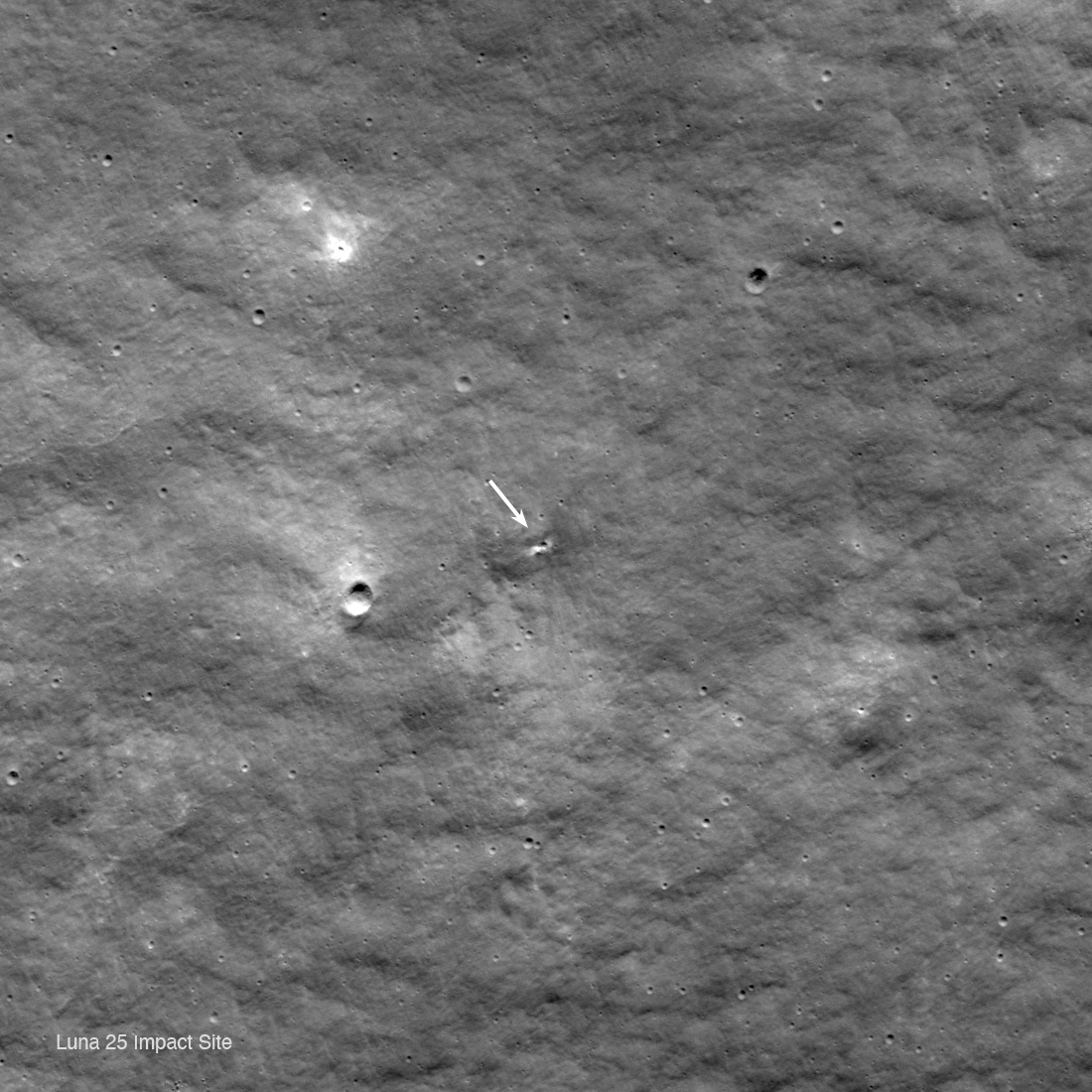
Poor Russia. They can’t seem to get much right. Their most recent failure is their Luna 25 spacecraft. It was supposed to land near the Moon’s south pole but instead crashed into the surface on August 19th.
Now NASA’s Lunar Reconnaissance Orbiter (LRO) has spotted Luna 25’s final resting place.
Continue reading “NASA Satellite Spots the Crash Site for Luna 25”Chandrayaan-3 Lands Successfully on the Moon’s South Pole
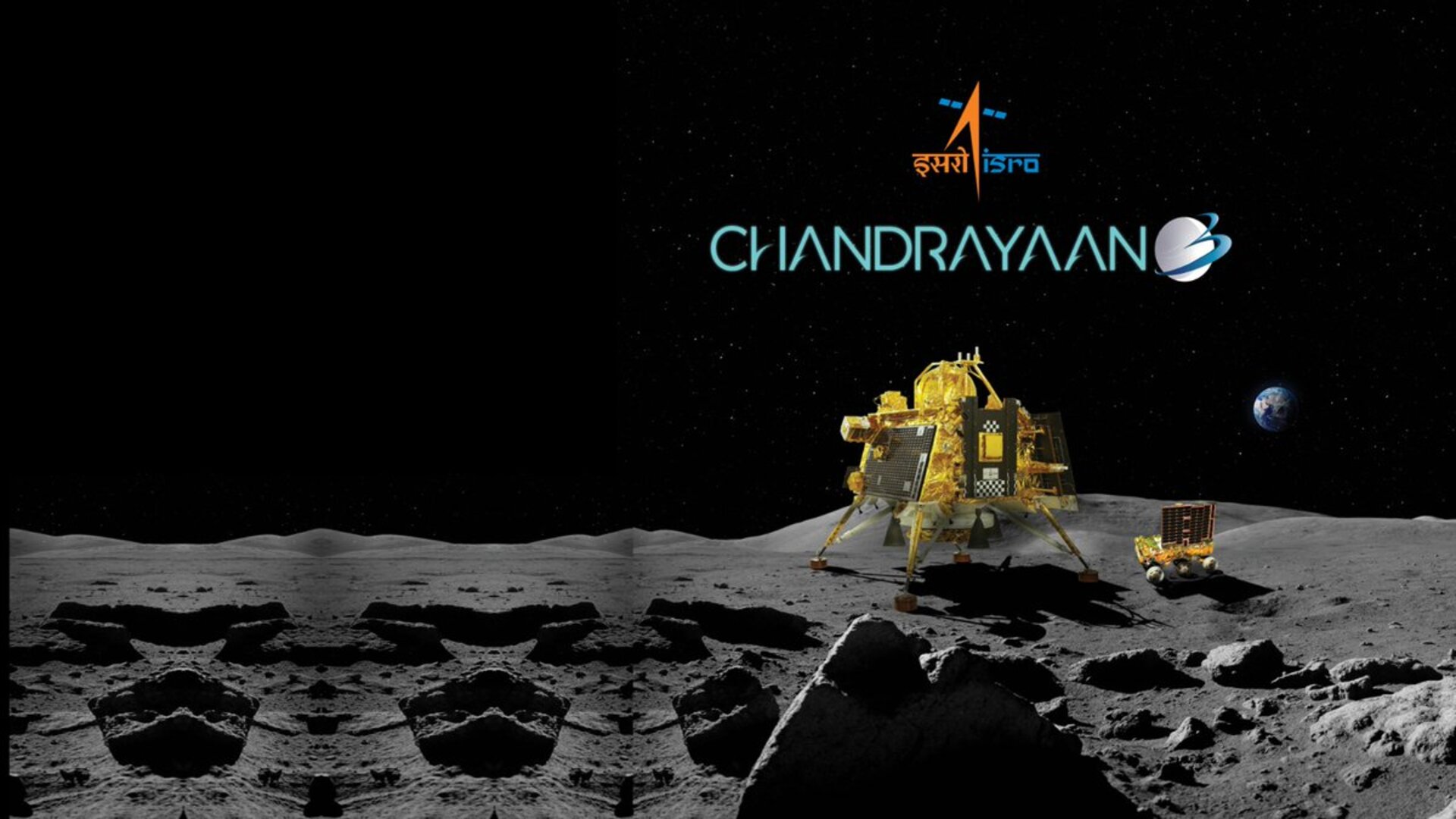
India’s space agency successfully landed their Chandrayaan-3 lander on the lunar surface, becoming the fourth country to touch down on the Moon and the first to land at one of the lunar poles.
The Indian Space Resource Organization’s (ISRO) Chandrayaan-3 launched last month and made a soft landing on the Moon’s south pole at approximately 8:34 a.m. ET on August 23. The mission is set to begin exploring an area of the Moon that is of extreme interest, but Chandrayaan-3 is the first to visit this area in-situ. The lunar south pole is thought to contain water ice that could be a source of oxygen, fuel, and water for future missions, or perhaps even for a future lunar base or colony.
Continue reading “Chandrayaan-3 Lands Successfully on the Moon’s South Pole”China’s Chang’e-7 Will Deploy a Hopper that Jumps into a Crater in Search of Water Ice
Researchers from the Chinese Academy of Sciences and the Chinese National Space Administration recently published a study in the journal Space: Science & Technology outlining how the upcoming Chang’e-7 mission, due to launch in 2026, will use a combination of orbital observations and in-situ analyses to help identify the location, amount, and dispersion of water-ice in the permanently-shadowed regions (PSRs) of the Moon, specifically at the lunar south pole.
Continue reading “China’s Chang’e-7 Will Deploy a Hopper that Jumps into a Crater in Search of Water Ice”Want Artemis to Succeed? Virtual Reality Can Help

Artemis astronauts are returning to the Moon, and they’ll be following in Apollo’s footsteps when they go. But things are different this time. Not only is technology far more advanced, but so is the way we think about technology and how we design it.
A new paper shows how two of modern technology’s offspring— virtual reality (VR) and user-centred design (UCD)—can be brought to bear on the Artemis Program.
Continue reading “Want Artemis to Succeed? Virtual Reality Can Help”Five Rover Teams Chosen to Help Explore the Moon’s South Pole

The Moon may seem barren, and it is. However, a certain species of inquisitive primates is still very interested in exploring the Moon, uncovering its secrets and maybe establishing a longer-term presence there. But thirsty primates need water, and there’s only one primary source on the Moon: the frozen water in shadowed craters at the lunar poles.
Continue reading “Five Rover Teams Chosen to Help Explore the Moon’s South Pole”

